Research - (2022) Volume 12, Issue 6
Ecological transformation of HLM district in Biskra City, Algeria: Rethinking the environment
L. Bensmina1*, S. Bouzaher2 and F.Z. Lebbal2Abstract
In this work, the focus is on the HLM district of Biskra, dating from the colonial period. This district consists of three large buildings that are organized in a way that promotes their badly solar and wind exposure. The aim of this paper is to propose a scenario guaranteeing the sustainability of the HLM district of Biskra through the use of renewable energy technologies.
The application of the method HQE²R which crosses the various dimensions of sustainable development with certain principles of action allowing the transformation of simple district to eco-district. These sustainability goals are decomposed into targets, sub-targets and indicators and form an ISDIS analysis system which is the process structure and its main tools.
Keywords
Sustainable development, district, eco-district, HQE2R, renewable energy.
Introduction
The human responsibility for climate change and the environmental and social risks facing the world today call for the need to implement spatial planning strategies and integrate all the issues of sustainable development into urban projects. (Latoui, B., Abdallah, F. 2017).
In this paper our objective is to propose a scenario of sustainable development of the HLM district in Biskra, focusing on the integration of renewable energy system, local issues and the application of the HQE²R method with its five global objectives: preserving and enhance heritage quality, improve the quality of the environment, improve diversity, improve integration and strengthen the social bond. These models seem sufficient to cover the HLM neighborhood analysis in Biskra from the point of view of sustainable development. For the development of sustainability scenarios, our work was inspired by several experiments applied in the world and in particular in Europe: BedZED in England (Chance, T. 2009), Eva lanxmeer in the Netherlands (Van Timmeren, A., Sidler, D., Kaptein, M. 2007) and Vauban in Germany (Schroepfer, T., Hee, L. 2008).
Experimental
The sustainable transformation of the HLM district in Biskra will be divided into three (03) phases: decision, analysis and evaluation of action plans. These three phases are the pillars of the HQE2R approach.
The HQE2R (C. Charlot-Valdieu, Ph. Outrequin, 2009) approach consists of methods and tools to integrate sustainable development into each phase of a neighborhood project. The five (05) objectives and twenty-one (21) sustainable development targets constitute a system called "ISDIS", which gives the possibility of conducting studies on the existing situation through the use of the INDI model Indicators Impact) that provides a neighborhood profile with strengths and weaknesses, identifies critical aspects or priorities, evaluates and simulates expected effects of expected transformations.
Decision
The HLM district of Biskra suffers from several problems in terms of poor management of space and lack of architectural and urban quality, manifested by the poor management of household waste, lack of rainwater management and other problems related to energy use directly influence the quality of life in this neighborhood.
Analysis
The objective of this analysis is to submit the 150 homes district to the five global sustainable development objectives and to each of the twenty-one targets. The use of the INDI model (C. Charlot-Valdieu, Ph. Outrequin, 2005) allows us to highlight the performance and qualities of the neighborhood for each of these 21 targets by placing the neighborhood in a radar scheme on a scale ranging from -3 to +3 (Table 1).
| Objectives | Targets | Under targets |
|---|---|---|
| Resource | 1-Waste | Management of household and construction waste |
| Use of renewable energies | ||
| 2-Water | Use of rainwater | |
| Rainwater management | ||
| Sewerage network | ||
| 3-Space | Optimization of space consumption | |
| Requalification of brownfields and polluted sites | ||
| 4-Materials | Reuse of materials in construction/rehabilitation | |
| 5-Built heritage and natural | Enhancing the quality of architectural and natural heritage | |
| Preservation/enhancement of the natural heritage | ||
| Environment local | 6-landscape | Quality of neighborhood entries |
| Quality of street furniture | ||
| 7-Housing | Quality of buildings | |
| Quality of housing | ||
| 8-Health and hygiene | Neighborhood cleanliness | |
| Insalubrious buildings | ||
| 9-Safety, risks | Safety of people and property | |
| Local management of natural risks | ||
| 10-Air | Outdoor and indoor air quality | |
| 11-Noise | Neighborhood noise | |
| Pollution sonore liée au trafic | ||
| 12-Energy | Energy efficiency (heating, ventilation) | |
| Diversity | 13-Population | Social and economic diversity |
| 14-Function and activity | Presence of Trade and Service Equipment | |
| 15-Housing | Diversity of housing: size, nature | |
| Integration | 16-Education and employment | Strengthening the role of the school in the district |
| Fight against academic failure | ||
| 17-Liaison with the city | Accessibility to employment, services and equipment | |
| 18-Attractiveness of neighborhood | Attractive activity or facilities in the neighborhood | |
| 19-Displacement | Implementation of non-polluting and efficient systems |
Table 1. ISDIS system, source: C. Charlot-Valdieu and Ph. Outrequin, 2009.
The use of the INDI model shows that the district is far from the recommendations of sustainable development. (Fig. 1), the neighborhood responds almost negatively in all targets and especially in targets 2 and 12.
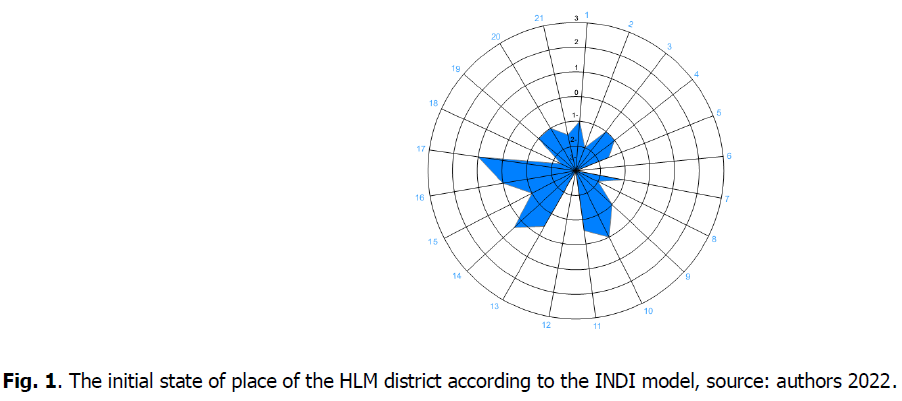
Fig 1: The initial state of place of the HLM district according to the INDI model, source: authors 2022.
Action plan
As the diagnosis has shown, the district suffers from a lack of resources management including water, solar and wind.
In the first action, we propose a scenario for the management of rainwater, a key action in favor of the use of the water recovered in the irrigation of the green spaces proposed in the neighborhood development. A second action concerns the management of solar energy in favor of improving the quality of life in the neighborhood and helps the environment. While a third action is represented by the use of wind energy.
Rainwater management
Several techniques have been developed and applied in different experiments of sustainable neighborhood transformation in Germany, France and Denmark. These techniques include valleys and ditches, drainage trenches, infiltration wells, reservoir pavements, storage roofs, underground retention basin. (Batista, N.C., Melício, R., Matias, J.C.O., Catalão, 2013).
The technique most used and most appropriate for our case study is the technique of infiltration wells, a technique that is characterized by its simple design that does not require too much space, the good integration in the site that ensures the safety of neighborhood residents (Fig. 2 and 3).

Fig 2: Different views of infiltration wells, source: FIOGEP, 2010.
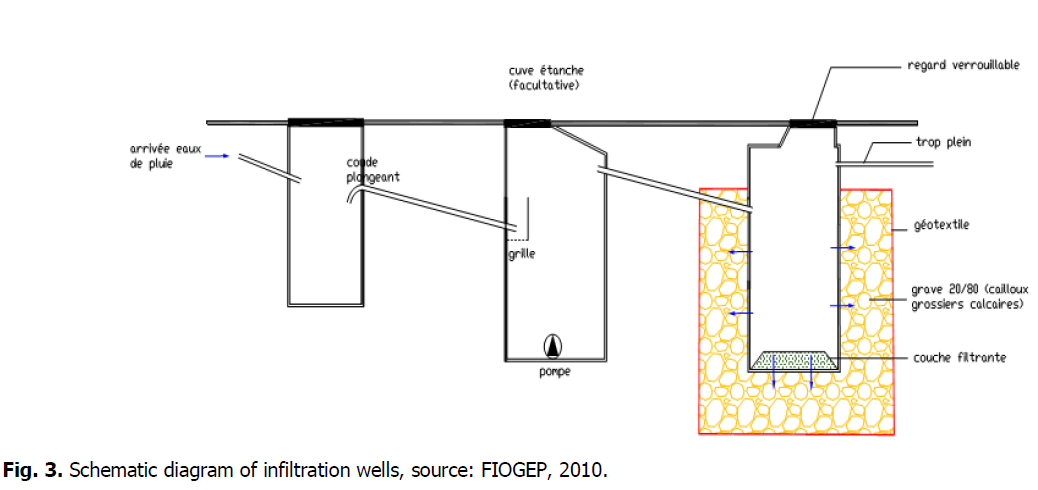
Fig 3: Schematic diagram of infiltration wells, source: FIOGEP, 2010.
Solar energy
In the aim of made the houses of the HLM district as energy-efficient as possible and looking for new opportunities to reduce the energy consumption, it may be a good time to go solar. With advancements in technology and the expansion of the solar industry, prices for solar panels have fallen dramatically. Innovative new solar financing models including options to lease solar panels are also increasingly viable options (Tabb, P. 1984) (Fig. 4).
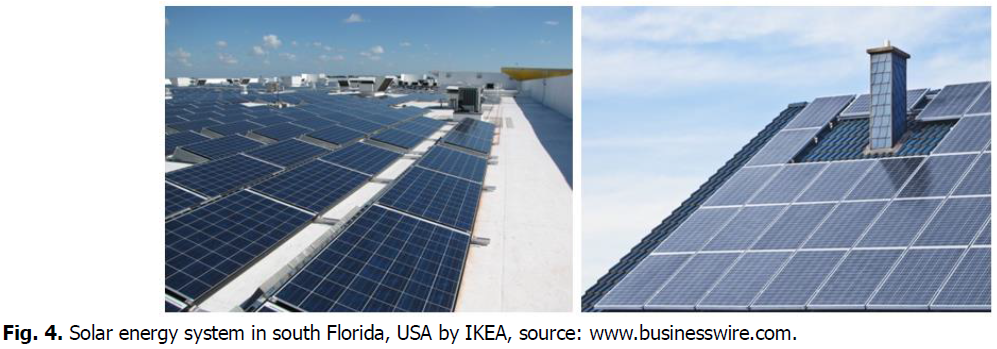
Fig 4: Solar energy system in south Florida, USA by IKEA, source: www.businesswire.com.
Wind energy
Knowing that the district suffer from wind exposure, wind turbines can be an incredibly efficient way to produce electricity for the district. Small wind systems can reduce the energy-costs by as much as 90 percent, but they do require careful planning. Estimating the wind resource, checking the local permitting, and zoning requirements are key factors to consider in order to pursue this option. (Wagner, H.J. 2018) (Fig. 5 and 6).
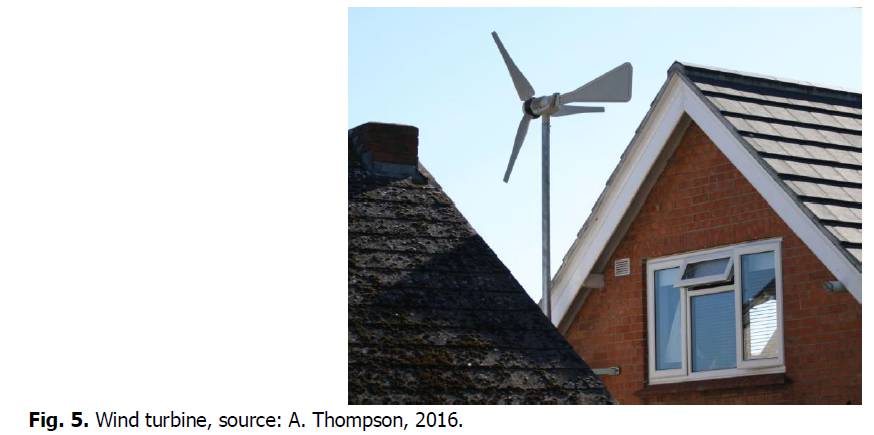
Fig 5: Wind turbine, source: A. Thompson, 2016.
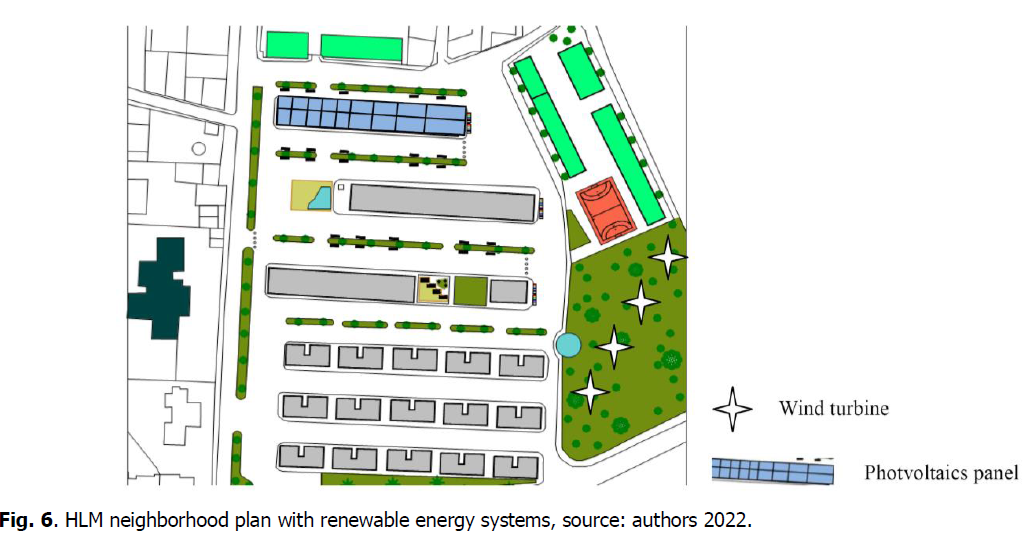
Fig 6: HLM neighborhood plan with renewable energy systems, source: authors 2022.
Results
The projection of the two actions related to targets 2 and 12 in the INDI model allows us to evaluate the reliability of our intervention. The comparison between the initial schema and the final schema in Fig. 7 shows an increase not only in targets 2 and 12 but also in targets (18, 21 and 10). An acceptable increase in the number of actions taken at the beginning and the presence of direct relations between certain targets leads to the importance of making a good choice of targets in the analysis phase.
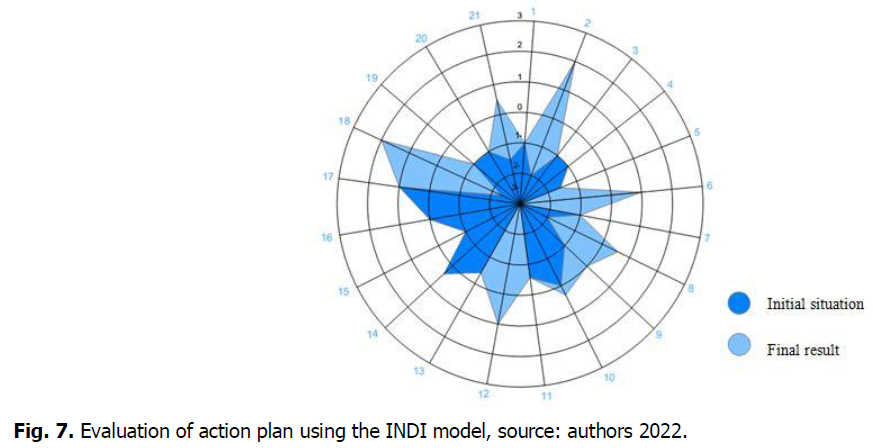
Fig 7: Evaluation of action plan using the INDI model, source: authors 2022.
Conclusion
The analysis of the HLM district of Biskra according to the HQE²R approach shows that the neighborhood is far from the standards of sustainability. The proposed scenario “power the houses, save money and help the environment” attempts to construct a development policy based on the principles of sustainable development, which identifies two actions responding to the five objectives.
References
Lund, H. (2007). Renewable energy strategies for sustainable development. Energy, 32:912-919.
Batista, N.C., Melício, R., Matias, J.C.O., Catalão, J.P.S. (2013). Photovoltaic and wind energy systems monitoring and building/home energy management using ZigBee devices within a smart grid, Energy, 49:306-315.
Charlot-Valdieu, C., Outrequin, P. (2009). Sustainable urban planning to design an eco-village, Le Moniteur, Paris.
Charlot-Valdieu, C., Outrequin, P. (2005). The INDI-RU 2005 model for the evaluation of urban renewal projects.
Chance, T. (2009). Towards sustainable residential communities; the Beddington Zero Energy Development (BedZED) and beyond. Environment and Urbanization, 21:527-544.
Latoui, B., Abdallah, F. (2017). Saharan city and the problems of urban structure: a case of the micro-region of sidi okba, Algeria. WIT Transactions on Ecology and the Environment, 223:59-70.
Schroepfer, T., Hee, L. (2008). Emerging forms of sustainable urbanism: Case studies of Vauban Freiburg and Solarcity Linz. Journal of Green Building, 3:65-76.
Tabb, P. (1984). Solar energy planning: a guide to residential settlement.
Van Timmeren, A., Sidler, D., Kaptein, M. (2007). Sustainable decentralized energy generation & sanitation: case EVA lanxmeer, culemborg, the Netherlands. Journal of Green Building, 2:137-150.
Wagner, H.J. (2018). Introduction to wind energy systems. In EPJ Web of Conferences, EDP Sciences, 189:5.
Author Info
L. Bensmina1*, S. Bouzaher2 and F.Z. Lebbal22Department of Architecture, Lacomofa, University of Biskra, Algeria
Citation: Bensmina, L., Bouzaher, S., Lebbal, F.Z. (2022). Ecological transformation of HLM district in Biskra City, Algeria: Rethinking the environment. Ukrainian Journal of Ecology. 12:1-5.
Received: 06-Jun-2022, Manuscript No. UJE-22-66045; , Pre QC No. P-66045; Editor assigned: 08-Jun-2022, Pre QC No. P-66045; Reviewed: 20-Jun-2022, QC No. Q-66045; Revised: 25-Jun-2022, Manuscript No. R-66045; Published: 30-Jun-2022, DOI: 10.15421/2022_378
Copyright: This is an open access article distributed under the terms of the Creative Commons Attribution License, which permits unrestricted use, distribution, and reproduction in any medium, provided the original work is properly cited.
